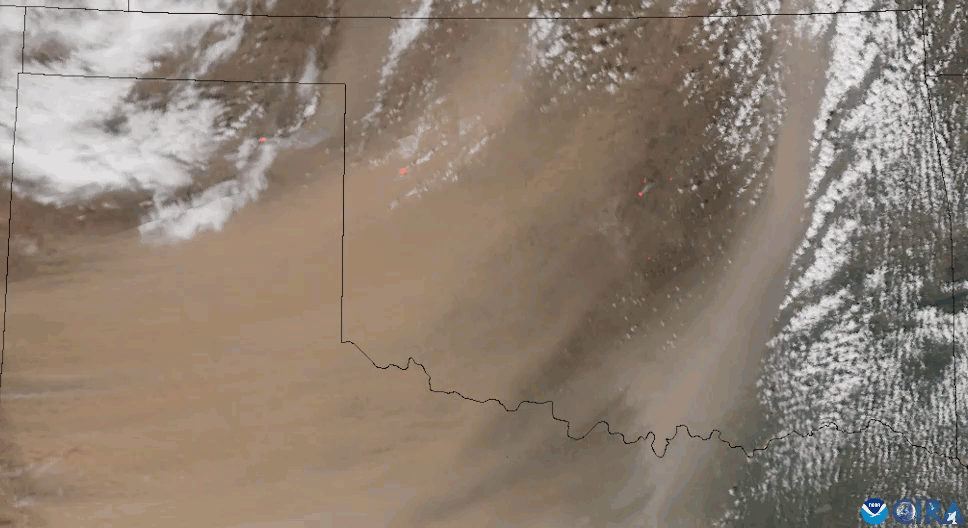
For more than 60 years, the NOAA National Severe Storms Laboratory (NSSL) has been at the forefront of developing weather radar. Currently NSSL is working on Phased Array Radar (PAR) as the next generation of…

For more than 60 years, the NOAA National Severe Storms Laboratory (NSSL) has been at the forefront of developing weather radar. Currently NSSL is working on Phased Array Radar (PAR) as the next generation of…
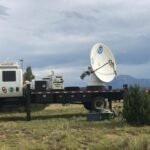
You likely know the NOAA National Severe Storms Laboratory (NSSL) for its tornado research or radar developments, and its support of the National Weather Service (NWS) mission. However, you may not know the lab has…
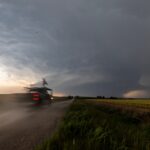
The way violent tornadoes in the United States are rated has changed over time, resulting in no EF5-rated tornadoes since 2013, according to researchers from the NOAA National Severe Storms Laboratory in a paper published…
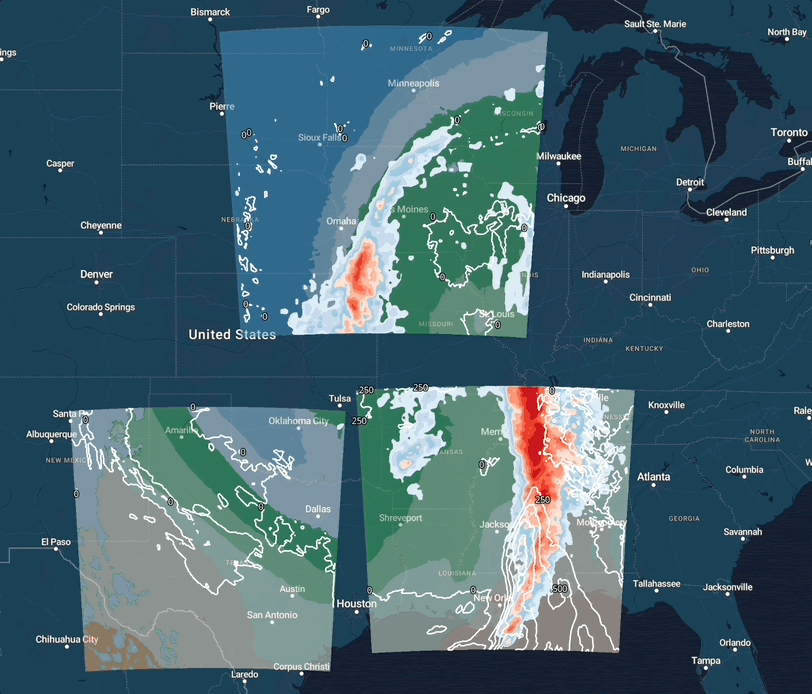
For the first time, the NOAA National Severe Storms Laboratory’s Warn-on-Forecast System (WoFS) has successfully run short-term forecasts for three geographic areas at once—predicting severe weather, winter weather, and fire weather. The historic milestone demonstrates…

The NOAA National Severe Storms Laboratory has named Dr. Pam Heinselman as its new Deputy Director for Science. She will start her new role on Jan 12, 2025. Dr. Heinselman, who currently serves as the…

For more than 30 years, the nation’s weather forecasting has relied heavily on the NEXRAD radar network. This network has been the global gold standard in weather radar, however the system is reaching the end of its designed lifespan.
Phased array radar stands as a potential paradigm-shift solution for the future of weather radar in the United States.

The NOAA National Severe Storms Laboratory is proud to announce the American Meteorological Society has named Dr. Pam Heinselman a Fellow, recognizing her outstanding contributions to the atmospheric sciences during a substantial period of years.…

LIFT (Low-Level Internal Flows in Tornadoes) seeks to better understand winds in the lowest levels of tornadoes. To do so, scientists will have to get up close and personal.
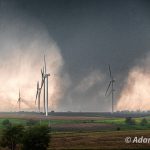
SCIENCE IMPACT: NSSL’s Warn-on-Forecast System yields 75 lead time on Greenfield, Iowa tornado, demonstrating potential for long-range tornado warnings.